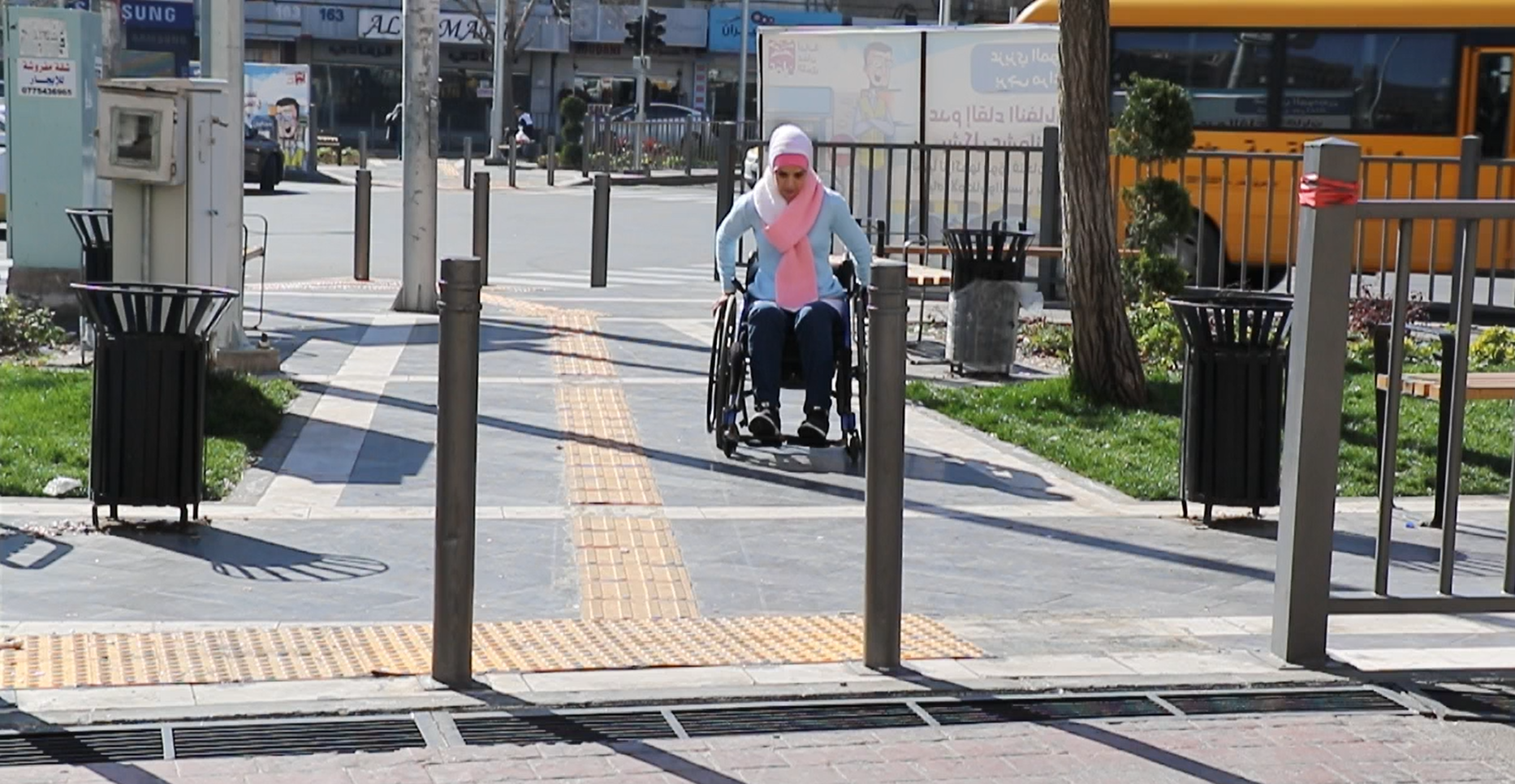Accessibility projects and initiatives
Model Zone in the vicinity of Yarmouk University
In cooperation with the Higher Council for the Rights of Persons with Disabilities, the Irbid Municipality, with funding from the Irbid Governorate Council, implemented the model area project in Irbid city with the aim of providing the necessary facilitative arrangements and accessibility means to enable persons with disabilities to access the various outlets of Yarmouk University in order to enhance their access to the university, government institutions and surrounding shops, by working on special walkways and ramps for wheelchair users and special paths for people with visual impairment.
Irbid Municipality carried out the preparation work in the model area, which reached an area of 4 kilometers, in addition to containing 85 ramps, where the area of the tactile floor marking for the blind reached about 950 meters.
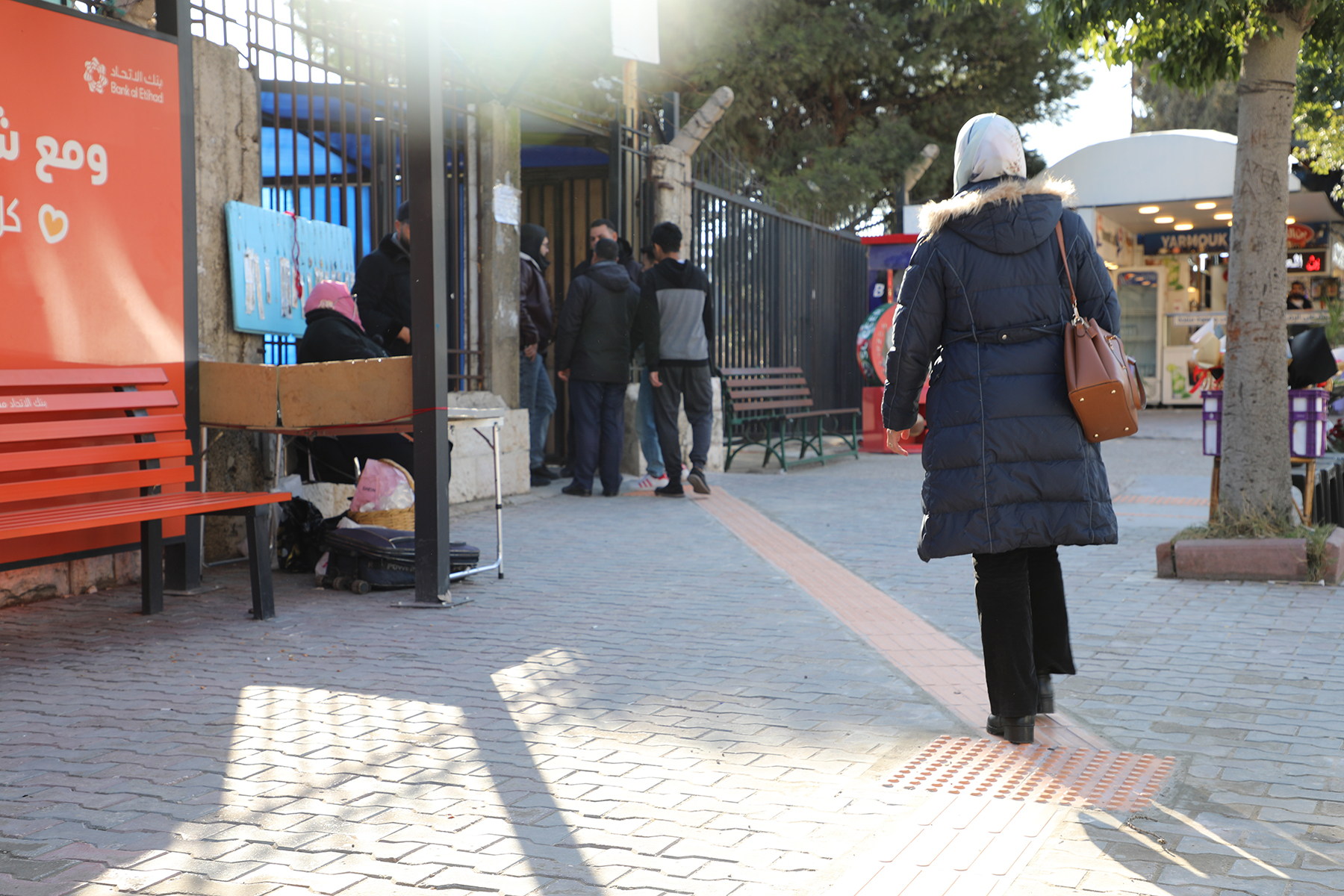
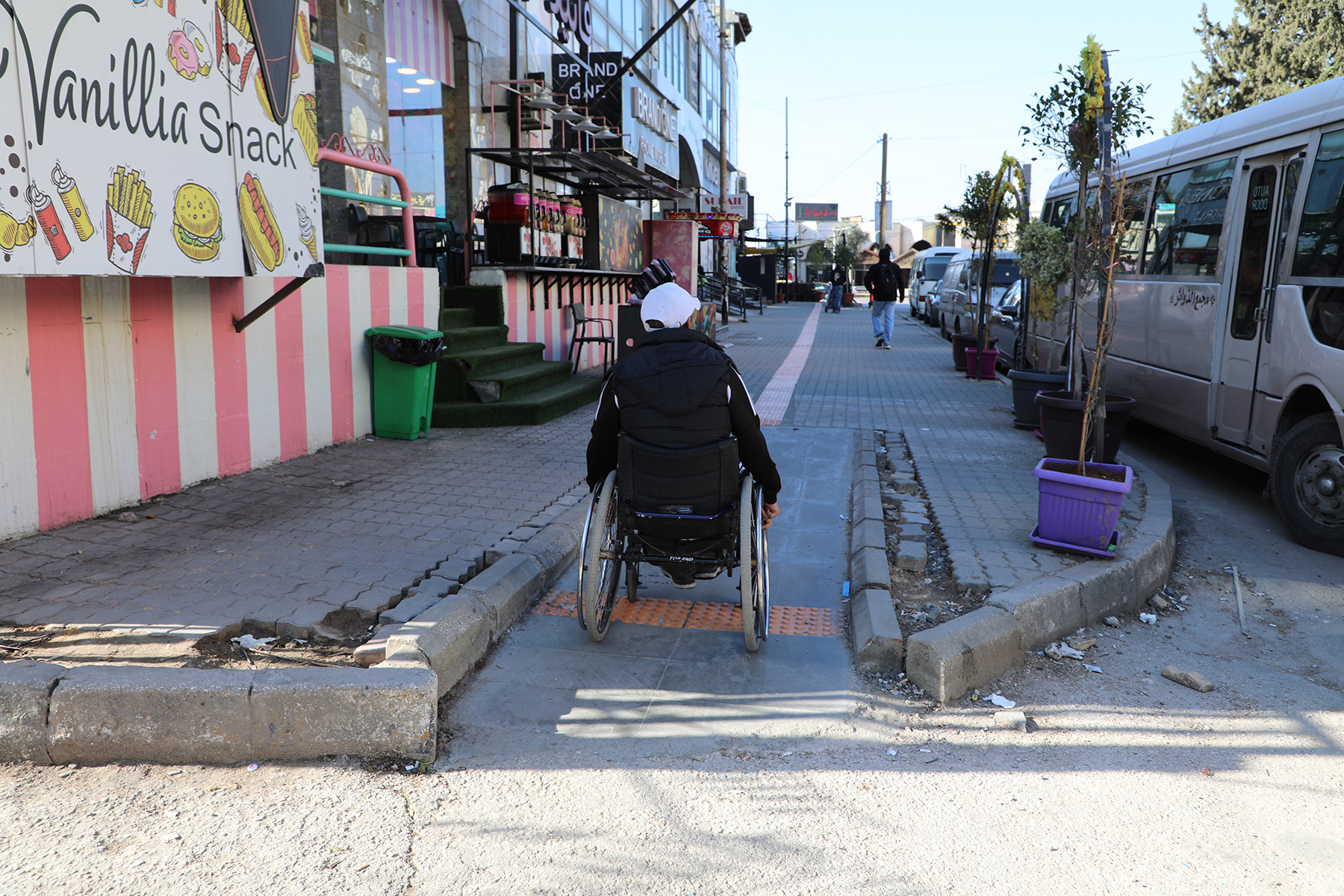

Emergency Line for the Deaf
The Deaf Emergency Line, a partnership between the Higher Council for the Rights of Persons with Disabilities, the Command and Control Center at the
Public Security Directorate (PSD), and Zain Telecom, won first place in the Zero project on Inclusive Education ICT program.
The project provides a direct communication service for the deaf with the responsible authorities in their sign language without intermediaries and without delay in emergency cases, through a telephone call to 114 and through direct video communication with specialists within the Command and Control Center who have been trained to communicate in sign language.
To complete the project, the PSD, in cooperation with the Higher Council for the Rights of Persons with Disabilities and the Telecommunications Regulatory Authority, launched the Emergency Calls for Deaf Persons (114) application to expand the 114 call service at the Command and Control Center to include all telecommunications companies (Zain, Orange and Umniah) in the PSD.
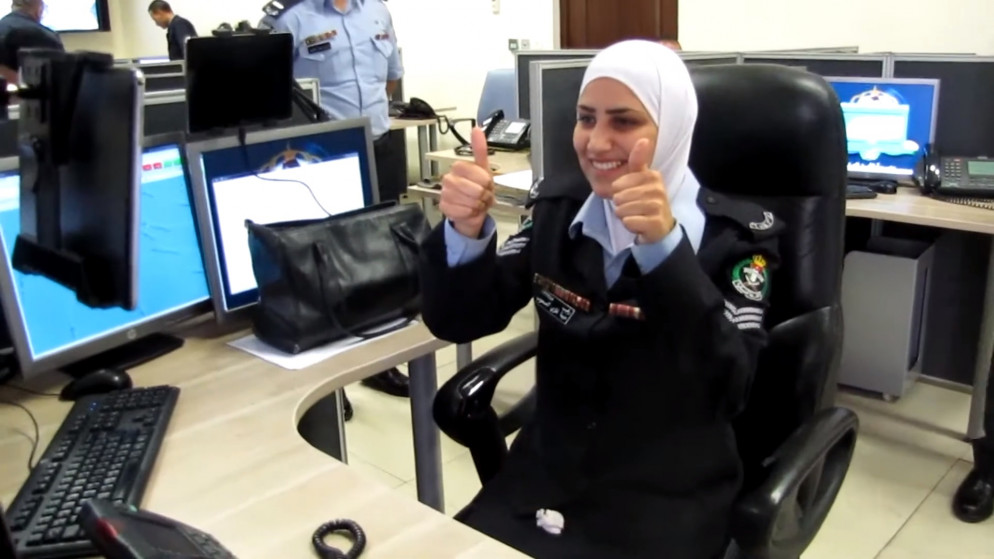
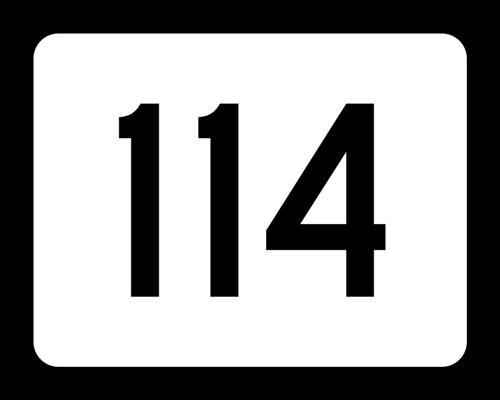
Accessible Buses for Persons with Disabilities in Amman and Zarqa
Amman's first rapid transit system is a flexible and integrated public transportation system that provides a fast, safe and reliable service, based on large-capacity buses that run on dedicated lanes and provide a high level of service, with frequencies of up to 3 minutes, and the system also includes modern integrated stations.
Since the Greater Amman Municipality announced the commencement of the Bus Rapid Transit project (BRT), the Higher Council for the Rights of Persons with Disabilities (HCD) has been actively involved in the design of the bus stations to ensure compliance with accessibility standards, as well as in the selection of buses that meet these requirements.
The main goal of HCD's intervention in this project is for it to become the first accessible public transportation in Jordan in terms of buses or waiting stations, especially in light of the lack of transportation that serves people with disabilities.
The BRT became the most widely used mode of transportation in Amman. Since January 2024, as of the end of August, 1.8 million people, including a large number of persons with disabilities, used the BRT.
This initiative was launched in mid-2022, funded by the Greater Amman Municipality and the European Union.


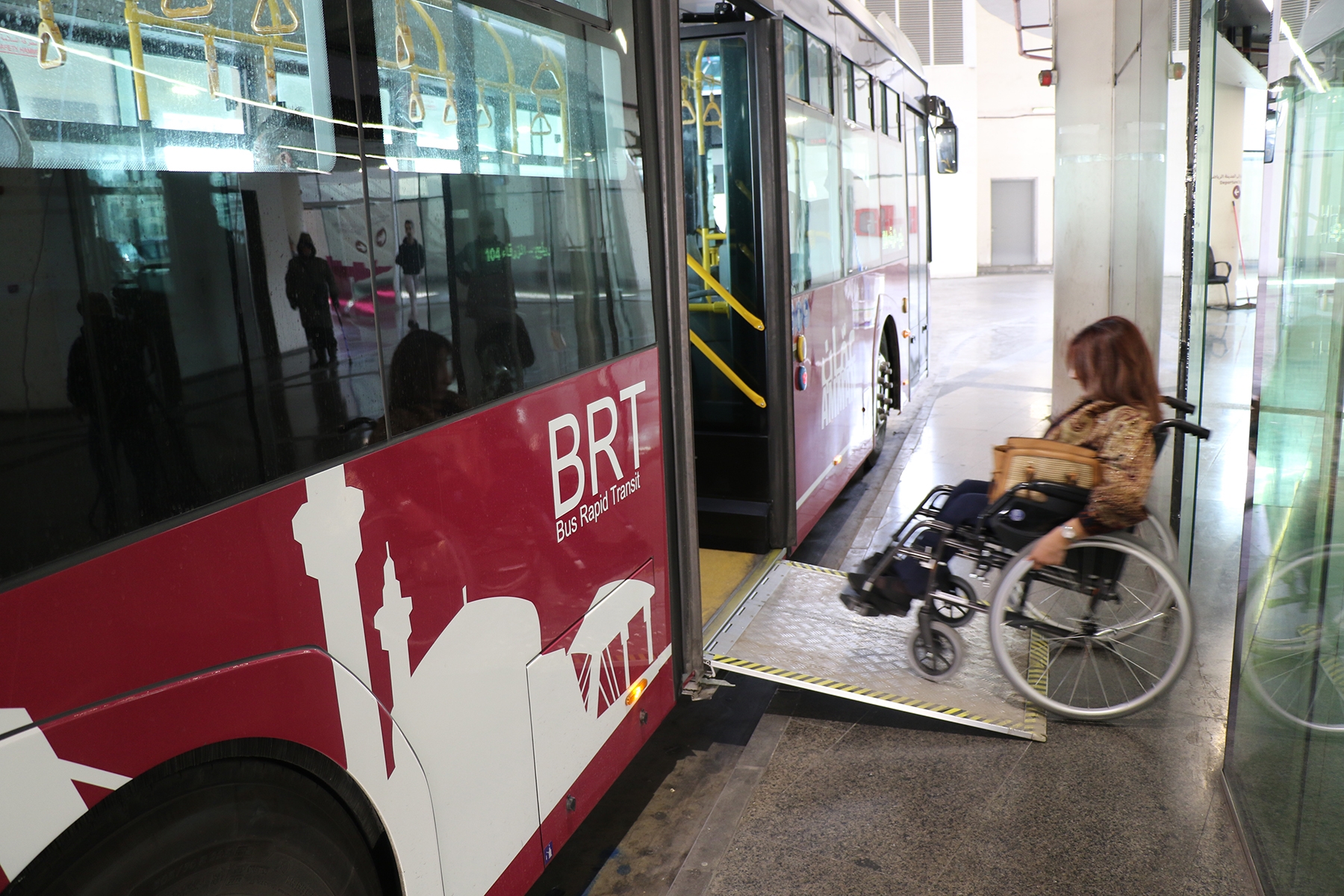
Queen Alia International Airport
Queen Alia International Airport is the main air gateway to Jordan and a national landmark that has witnessed tangible development and distinction. The airport ranked first in the "Airports with a capacity of 5 to 15 million passengers in the Middle East" category for the second consecutive year and the eighth time in its history, based on the results of the 2023 Airport Service Quality Survey. Additionally, the airport received the prestigious 4-star rating for airports in March 2024 after its first-ever participation in the Skytrax global airport ratings program, confirming that the services provided by its staff and employees, as well as product standards, meet a high level of quality. In January 2024, the airport successfully renewed its Level 3 accreditation from the Airport Customer Experience Program issued by the Airports Council International, in
recognition of its continuous focus on enhancing customer experience and services in line with best practices and industry standards.
Regarding passengers with disabilities, in an effort to provide a safe and independent travel experience, designated parking spaces for people with disabilities have been allocated within the various parking facilities, as well as in the pickup and drop-off areas on the Departures Bridge, with attention to the requirements specified in the building code for persons with disabilities. The airport has also ensured the availability of contrasting-colored warning strips on the exterior glass and sliding doors, as well as around baggage conveyor belts, in addition to providing floor indicators. Moreover, the airport has equipped elevators with Braille writing and voice messages. Accessible restrooms for persons with disabilities have also been provided, along with counters at appropriate heights for wheelchair users and short-statured individuals, and sufficient space for movement with wheelchairs. Furthermore, priority seating is available for people with disabilities near departure gates. As for the airport staff, they have been trained in etiquette for communicating with persons with disabilities.
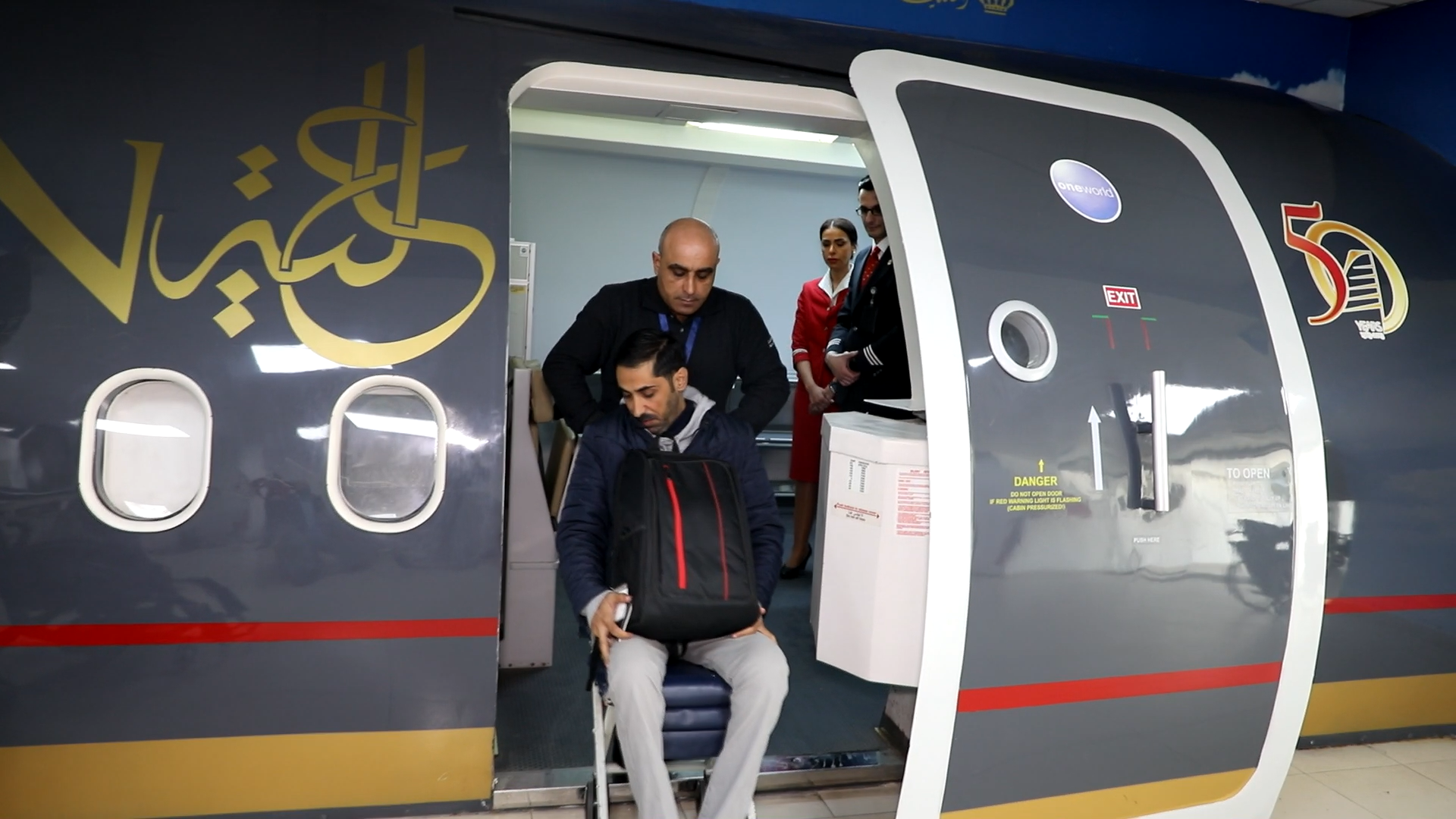
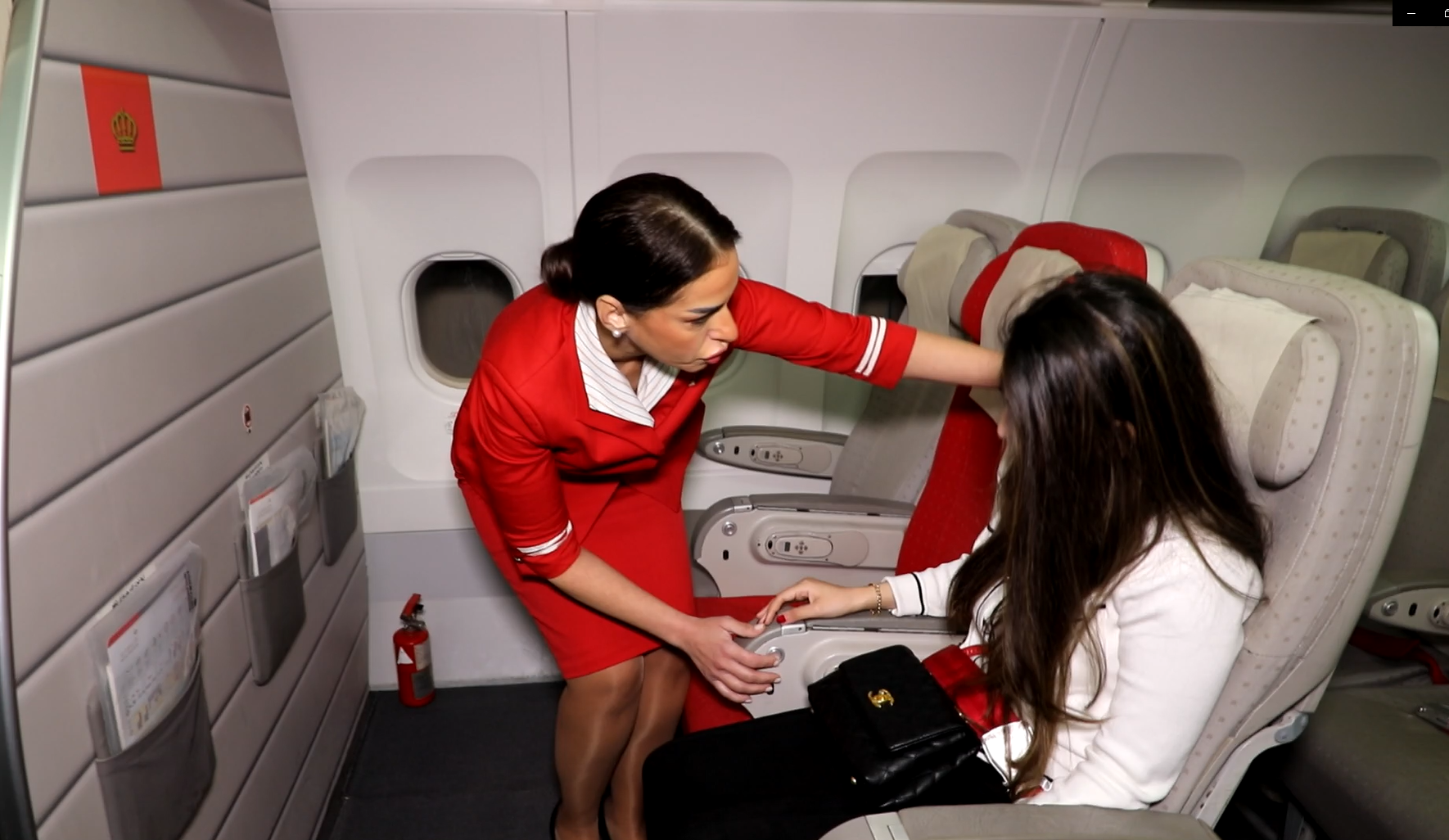
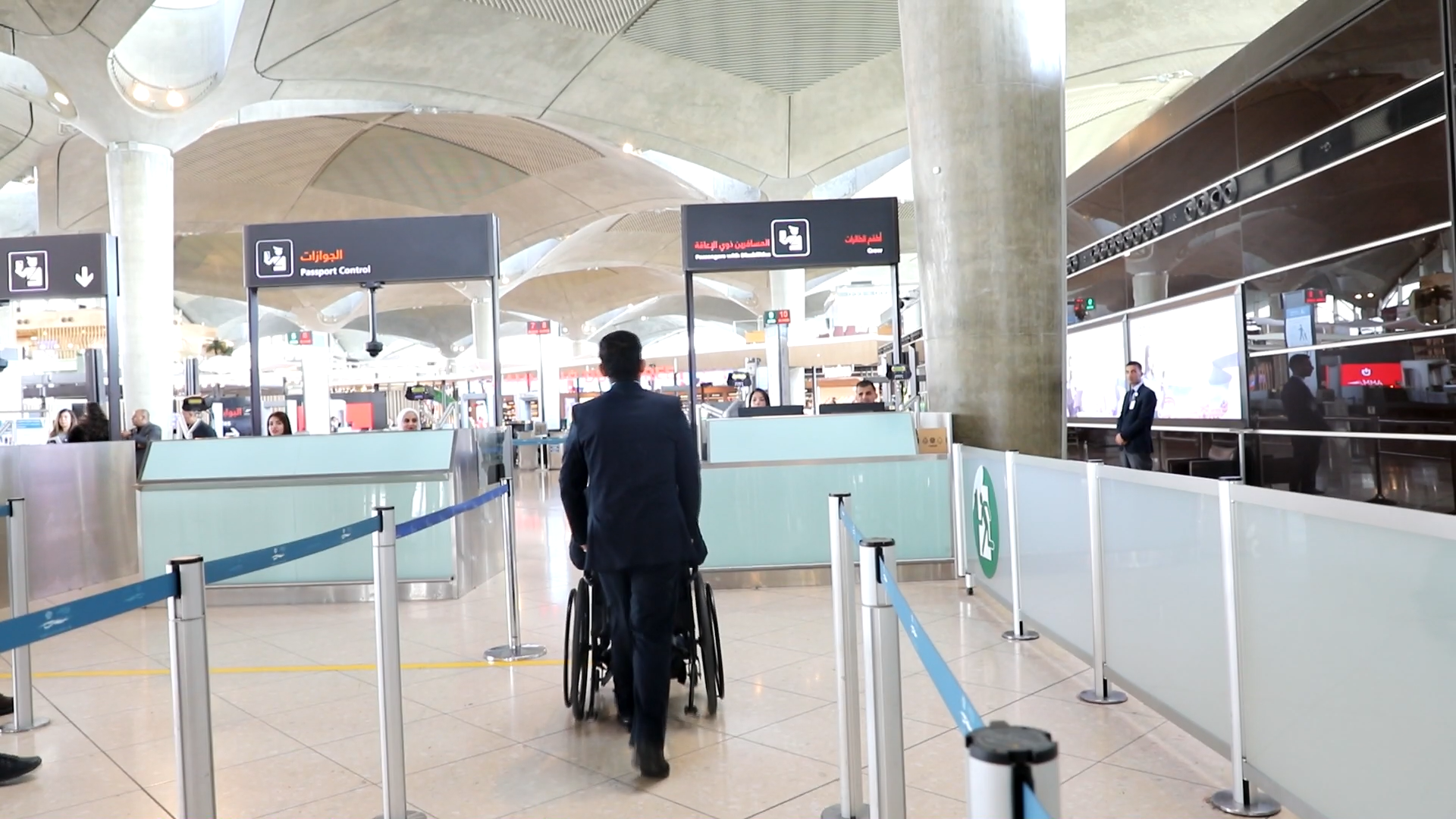
The Model Neighborhood in Jabal Al-Hussein
The Model Neighborhood in Jabal Al-Hussein, located in the capital Amman, is situated in the area between Jamal Abdel Nasser Square along Khalid Ibn Al-Walid Street, extending to the Hussein Police Center. The Model Neighborhood includes tangible ground indicators for the use of visually impaired individuals, increased green spaces, and efforts to maintain audio devices on traffic signals at the Firas Circle intersection. It also features signage in sign language for the primary uses of buildings, preparing entrances to public buildings and commercial establishments to be accessible for people with disabilities who use wheelchairs, as well as providing rest areas. The sidewalks are equipped with suitable ramps according to the building code for people with disabilities, and obstacles blocking pedestrian movement on the sidewalks are removed.
The Model Neighborhood project takes into consideration the movement of all age groups, including people with disabilities and the elderly. The area was chosen due to the presence of public service buildings such as central and simple commercial establishments, medical clinics, banks, mosques, associations, schools, and heavy pedestrian traffic from citizens.
